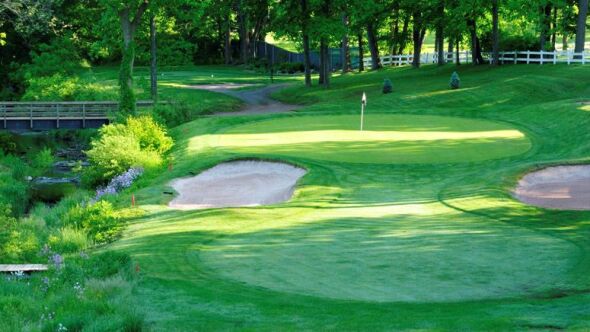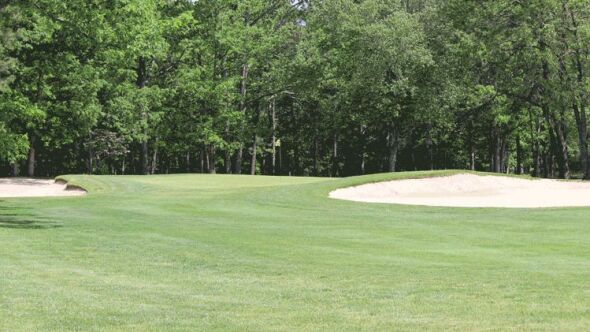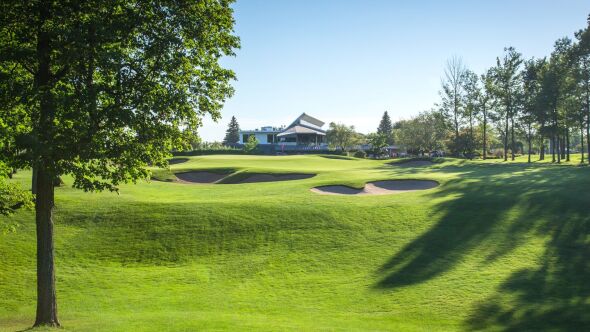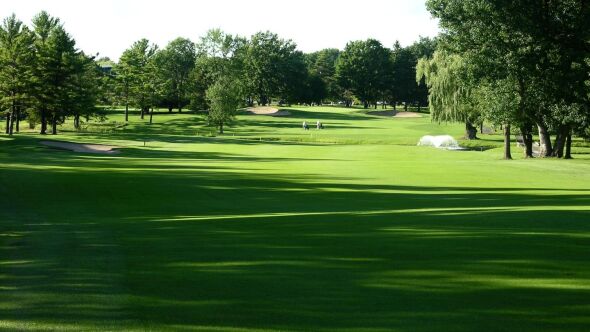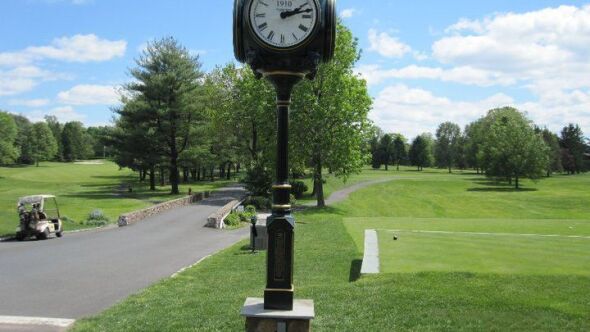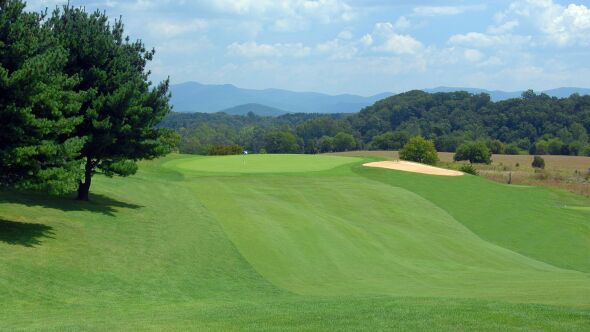- Born
- 1893
- Died
- 1973
About

An accomplished mile runner when he was young, Gordon would serve in World War I as an athletics instructor. After the war, he worked in seed sales, then as a seed company’s construction superintendent, helping to build Golden Age golf courses designed by Willie Park, Jr., Devereux Emmet and Donald Ross. This would ultimately set him up to be one of the mid-century’s most accomplished regional architects.
In 1923, Gordon went to work for the golf course design firm established by Howard Toomey and William Flynn, who built several first-rate courses centered in the Philadelphia area, including Huntingdon Valley Country Club, Manufacturers Golf & Country Club and the Wissahickon Course at Philadelphia Cricket Club. Gordon worked with Toomey and Flynn until 1941.
Gordon spent much of the remainder decade building courses for Donald Ross and Ross’ associate J.B. McGovern. He would join both of them in co-founding the American Society of Golf Course Architects (ASGCA) in 1946.
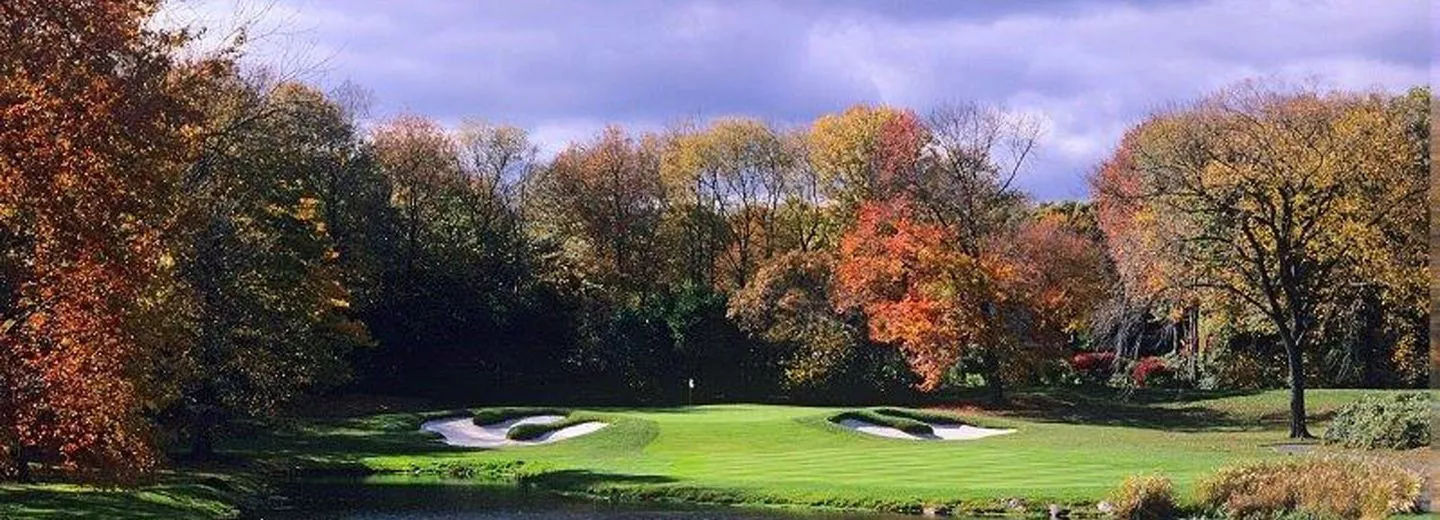
Dad just did not like bunkers behind greens.
Architect David Gordon, on father William Gordon
Although tastes in golf course design have shifted back to a more classic paradigm in recent years, the Gordons’ courses can be relied upon for solid, honest-to-goodness tests of golf that many golfers enjoy playing repeatedly. And in cases where their work has been changed (like at White Manor Country Club, revised by Bobby Weed in 2003), their course routings have often been left intact.
William Gordon: selected golf course designs
Greenwich, Connecticut
Bethlehem, Pennsylvania
Bethlehem, Pennsylvania
Newark, Delaware
Charleston, West Virginia
Pottstown, Pennsylvania
Wilmington, Delaware
Buena, New Jersey
Bethlehem, Pennsylvania
Jamison, Pennsylvania





